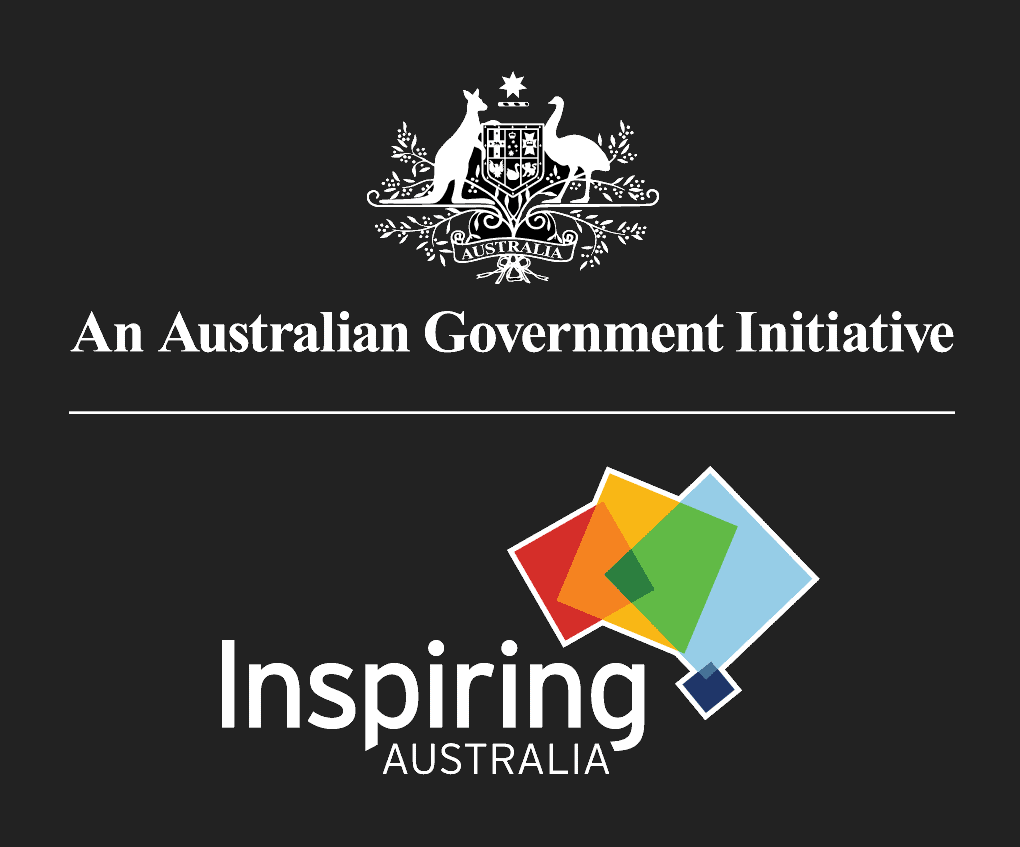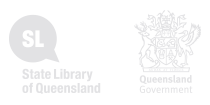When
Monday 3 February, 1:45 – 2:15, location TBC
Where
Auditorium
Hashtag
#M8
Presenter
Dr Susannah Eliott, CEO Australian Science Media Centre
Abstract
We live in the midst of remarkable times. After years of build-up, the Australian media industry finally hit its tipping point in 2012, resulting in the loss of an estimated 1,500 journalists from outlets around the country and massive changes in the way news is reported. And the haemorrhaging hasn’t stopped.
At the same time there has been a tidal wave of new media opportunities arising with “old media” adapting to the new world order and creating seemingly limitless channels of information. According to Rick Smolan, author of the Human Face of Big Data, most of us are now exposed to more information in one day than a person alive in the 1500s received in their entire lifetime. Through our mobile devices we have all become walking data sources and potential news reporters in our own right.
There are clearly amazing opportunities for science and science communication in this big bang of information. But there are also challenges. The sheer size of the information stream bombarding us each day means filtering is a necessity and depth can be one of the victims.
With more and more on offer and a filtering system that relies increasingly on friends, family and professional networks, might it in fact be getting harder to get important scientific messages out to the public? How can we link multiple channels to encourage the kind of deeper social dialogue needed to deal with the plethora of science-based issues that face us? And how can we ensure that the role of investigative journalists in making these linkages and providing depth and context is not lost in the push to get an ever increasing number of snippets out in the shortest possible timeframe?











z